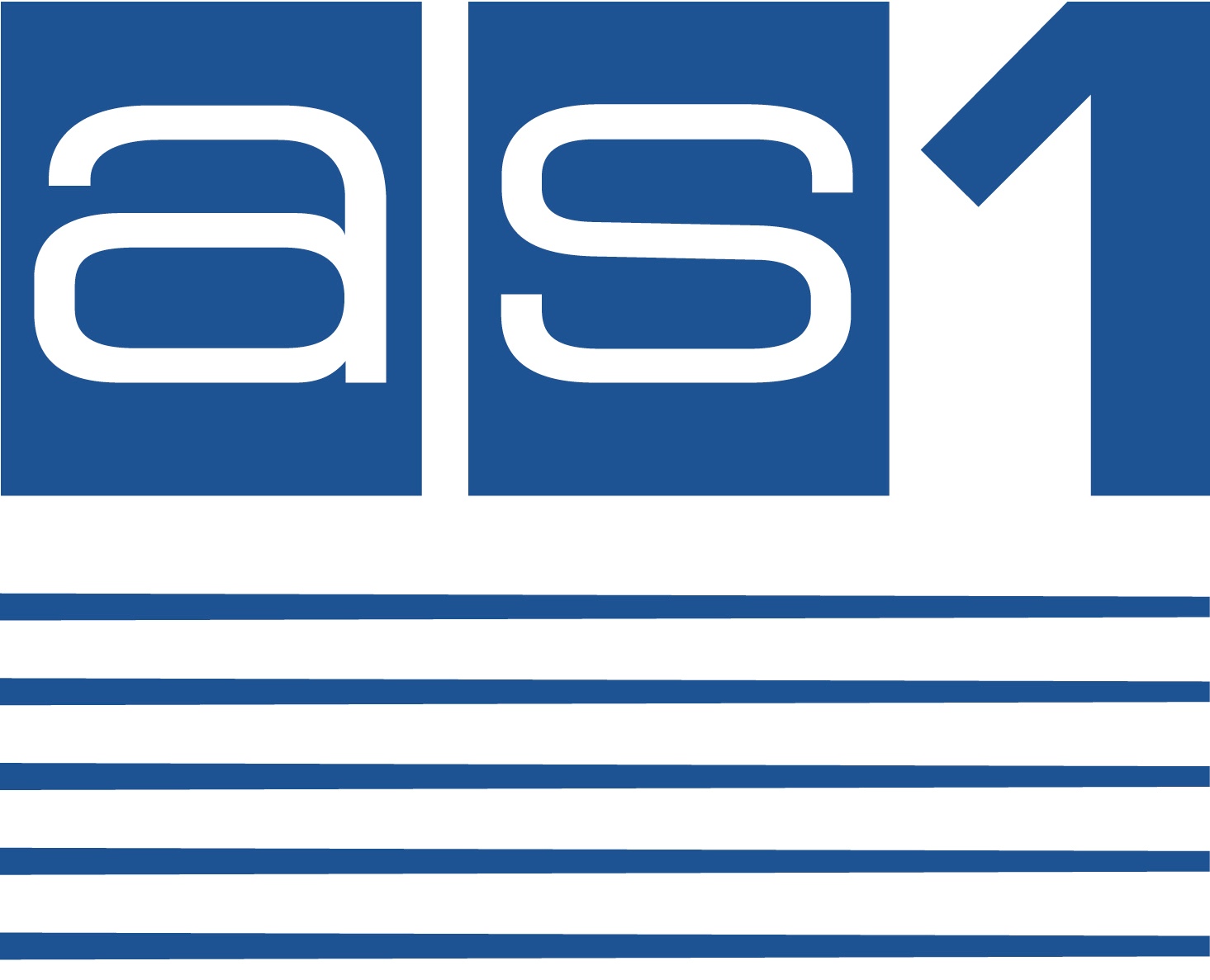Protos 3 is a revolutionary automated colony counter and chromogenic identification system. Using its sensitive CCD camera and unique lighting coupled with powerful analysis software, Protos 3 counts colonies in seconds and automatically identifies microbial species by their colour on chromogenic plates. This provides accurate, objective and fully traceable results.
The compact Protos 3 attaches via USB to a computer, where microbiologists can input their plate identification and with the one-click colony counting and chromogenic ID software can rapidly analyse a wide range of plate types. The count results can be automatically transferred to Excel where the count, plate ID and images can be saved. This GLP compliant process, with its full audit trail eliminates transcription errors to provide accurate, objective data, which can be reviewed at any time and used to produce professional reports.
Protos 3 can be used with both small and large plates (up to 150mm) to read a range of format types including spiral, pour, spread and dilution series plates. The system’s camera is so sensitive it can routinely detect colonies as small as 43 microns and the unique LED lighting system and Protos 3 software allows analysis of an infinite number of colonies on one plate in seconds, making this an ideal system for use in busy food and environmental microbiology laboratories.
For more information about why to buy, applications and specifications visit the Synbiosis website.
Would you like more information about Protos 3 in New Zealand? Contact Anna >>


















